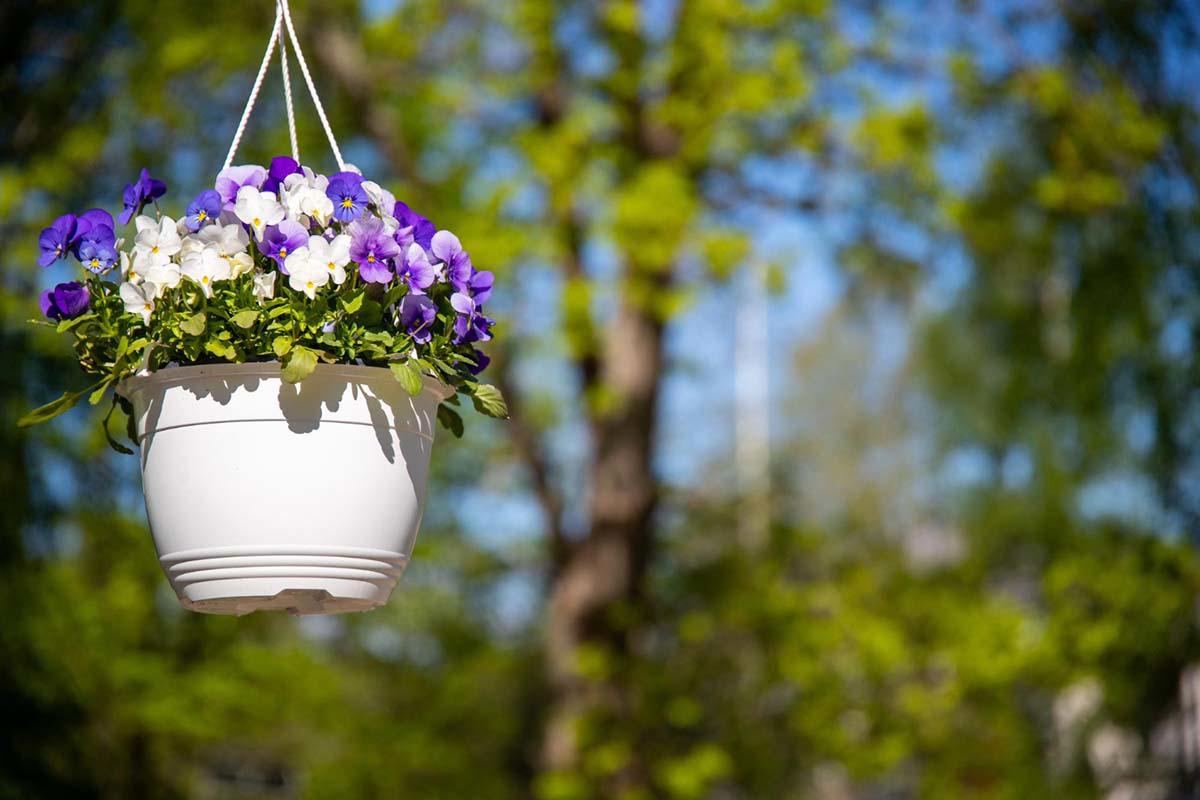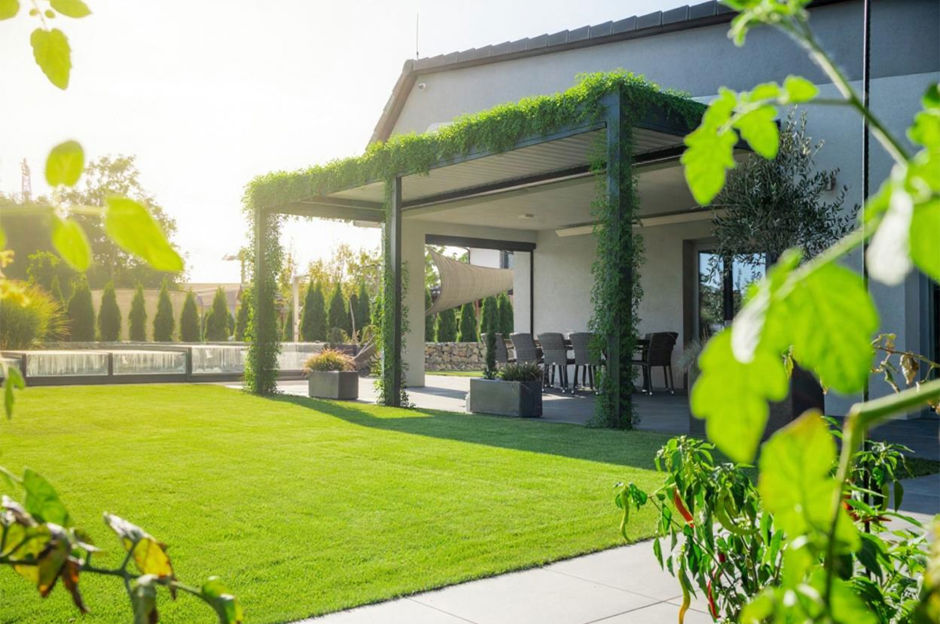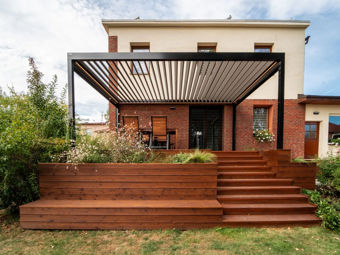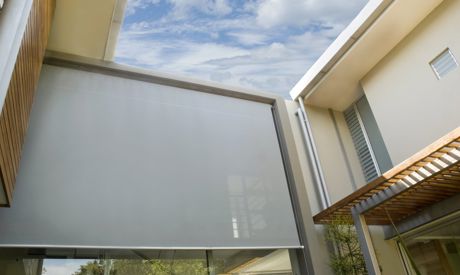Even if you have a modern bioclimatic aluminum pergola, it can still be transformed into a green oasis that blends naturally with the surrounding environment.
What is biophilic design and why use it in a pergola?
Biophilic design is based on connecting people with nature and helps create an environment that improves our well-being, reduces stress and promotes relaxation. In pergolas, this concept is reflected in the use of natural materials, plants, light and water. In a biophilic pergola, a better microclimate works, which helps regulate plants and natural materials. Greenery provides shade and dampens sounds from the surroundings. Greenery will unite the pergola or terrace with the garden and this harmonious whole will have a calming effect. In addition, the variety of plants will attract pollinators - butterflies, bees and bumblebees, or even songbirds.
How to create a biophilic pergola even from a modern bioclimatic structure?
It may seem that an aluminum pergola with rotating slats is not an ideal candidate for a biophilic design, but you just need to complement it with elements that will support a connection with nature.
Try climbing plants. Add a trellis or flower pots with climbing plants such as wisteria, clematis or ivy to the pergola. Over time, it will create a natural green ceiling.
Hanging flower pots and vertical gardens. A modern bioclimatic pergola has a stable structure that can support hanging flower pots or a living wall of herbs and ornamental plants.

Green walls. If the pergola is against the wall of the house, you can complement it with a vertical garden with ferns, succulents or aromatic herbs.
You can also complement the pergola with other natural elements: the presence of nature will be enhanced by wooden elements, such as a wooden floor or flower boxes. The path to the pergola can be paved with gravel and the furniture is best made of wood, wicker or rattan. All these accessories will support the biophilic effect.
Biophilic design for all senses
A significant addition to biophilic design is water, for example by building a pond or fountain. The sound of water has a calming effect and at the same time helps to cool the space. Placing a chime made of natural materials in the pergola can also be pleasant. Birdhouses and feeders will attract songbirds. As the icing on the cake, suitable lights and lamps will make the biophilic pergola cozy.
Thanks to the rotating slats of the pergola roof, you can also regulate the amount of light and air as needed. This allows you to naturally maintain a pleasant microclimate under the pergola, creating an ideal place to relax even on hot days.
Whether you opt for a minimalist approach or turn the pergola into a jungle full of greenery, biophilic design will help you create a space where you will feel great all year round.





